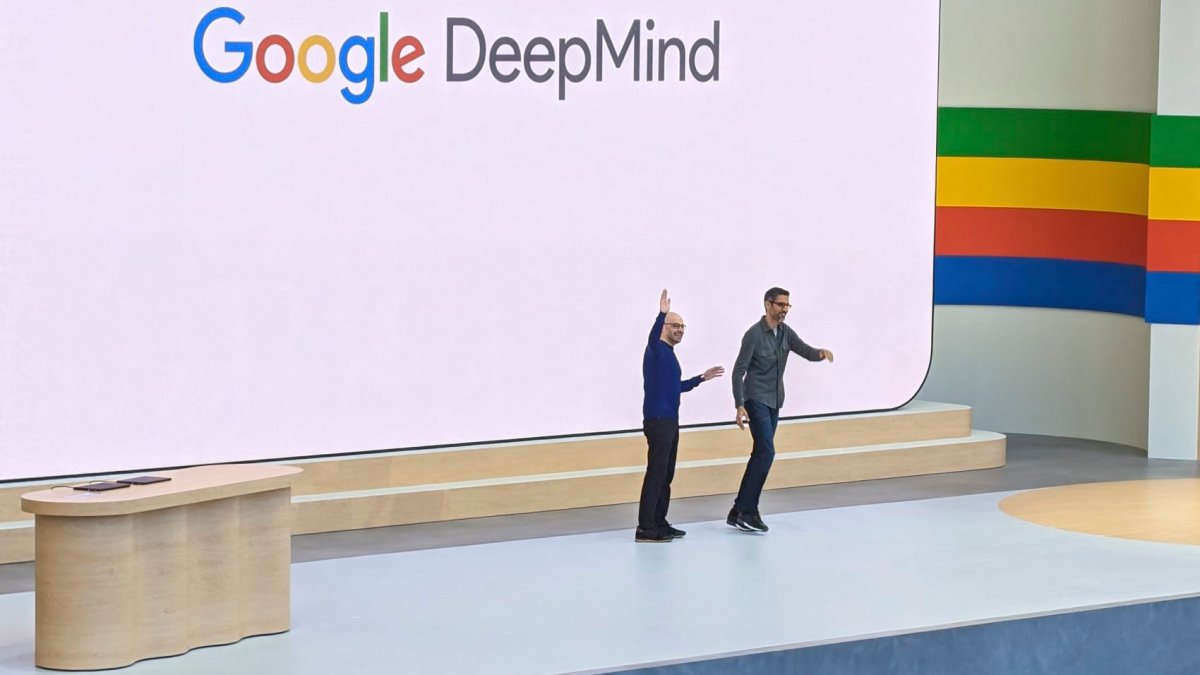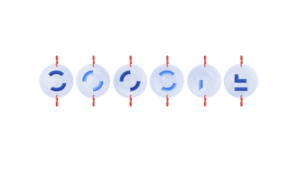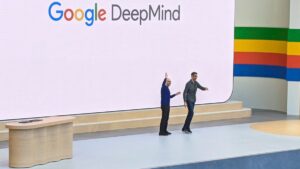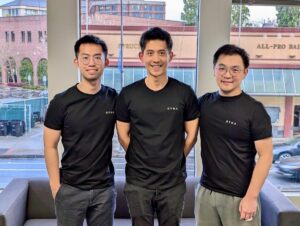DeepMind Plans to Utilize AI Models for Robotics

Google DeepMind Unveils New AI Models for Robotics
Google DeepMind announced the launch of two advanced AI models for robotics on Wednesday. These models, named Gemini Robotics and Gemini Robotics-ER (Extended Reasoning), operate on the new Gemini 2.0 platform, which Google claims to be its most powerful AI technology to date.
Collaborative Innovation with Apptronik
Google is partnering with Apptronik, a robotics company based in Texas, to develop the next generation of humanoid robots. Apptronik has a strong background in the field, having previously collaborated with industry leaders like Nvidia and NASA. Recently, they also secured $350 million in funding, with Google actively participating in the investment round.
Demonstrations of New Capabilities
In various demonstration videos, Apptronik robots that utilize Gemini Technology showcased their abilities to perform tasks such as plugging devices into power strips, organizing lunchboxes, and moving plastic vegetables—all in response to voice commands. While the demonstrations highlight the sophisticated capabilities of these robots, Google has yet to specify when the technology will be available to the public.
Essential Qualities for Robotics AI
According to Google, effective AI models designed for robotics need to possess three key characteristics:
- General Adaptability: The AI should be able to adjust to various situations and challenges.
- Interactivity: It must quickly understand and respond to instructions and changes in the environment.
- Dexterity: The robots should mimic human hand movements and skills, allowing them to handle objects with care.
Google’s Gemini Robotics-ER serves as a foundational platform for robotic developers, allowing them to tailor their own models. This AI is not only being provided to Apptronik but also to a select group of trusted testers, which includes companies like Agile Robots, Agility Robots, Boston Dynamics, and Enchanted Tools.
The Growing Interest in AI and Robotics
Google is not alone in its focus on integrating AI with robotics. Other major players in the tech industry are actively pursuing similar initiatives. For instance, OpenAI recently invested in Physical Intelligence, a startup aiming to merge general-purpose AI with robotics through the development of comprehensive AI models and algorithms.
Additionally, OpenAI made headlines by hiring a former executive from Meta who had a significant role in developing augmented reality technologies, indicating a more profound commitment to reshaping robotics and consumer hardware.
Tesla is also entering the humanoid robotics field with its Optimus robot, designed to expand the boundaries of robotic capabilities in practical applications.
Forward-Thinking Insights from Google’s Leadership
Sundar Pichai, Google’s CEO, emphasized in a recent post that the company views robotics as an effective testing ground for applying AI advancements in real-world scenarios. He noted that these robots will leverage Google’s multimodal AI models to adapt and adjust to their surroundings dynamically.
The drive towards enhancing robotics with AI technology signifies a notable evolution in how these systems can assist humans in everyday tasks, potentially transforming various industries and improving efficiency.
The Future of Robotics and AI
As developments in AI and robotics continue to advance, the potential applications are vast. Innovations like those from Google and its partners indicate a future where robots equipped with advanced AI can seamlessly integrate into daily life, taking on tasks that enhance productivity and support human needs. This evolving landscape promises exciting opportunities across different sectors, with companies racing to be at the forefront of this remarkable transformation.
By improving their capabilities through innovative AI, companies like Google and Apptronik are positioning themselves as leaders in the emerging field of robotics.






